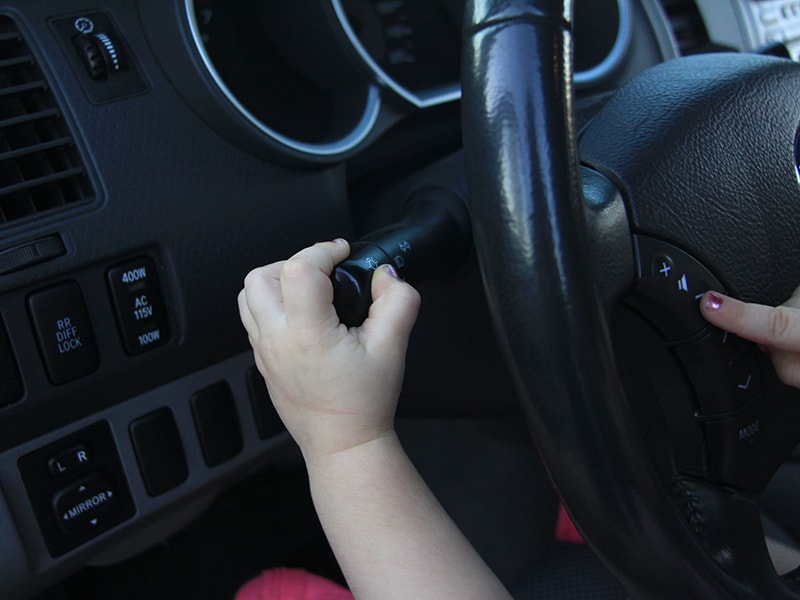Recent Articles
Popular Makes
Body Types
6 Ways to Child-Proof Your Car

Child in car playing with controls
When you're on the road, car seats and seat belts are essential to keeping children safe in vehicles. But what about when the car is parked? Whether it's in your driveway or a parking lot, there are things you can do to make your car safer for kids. You've probably already done some child-proofing around your house; here are a few simple ways to do the same for the car.
1. Never leave the keys in the car
You might be surprised at how observant young children can be. With access to the car keys, they may be able to figure out how to start the car, disengage the brake, put the car into gear…and you can imagine the disaster that could ensue. The best way to avoid this is never to leave the keys to the car accessible to a child, especially inside the car.
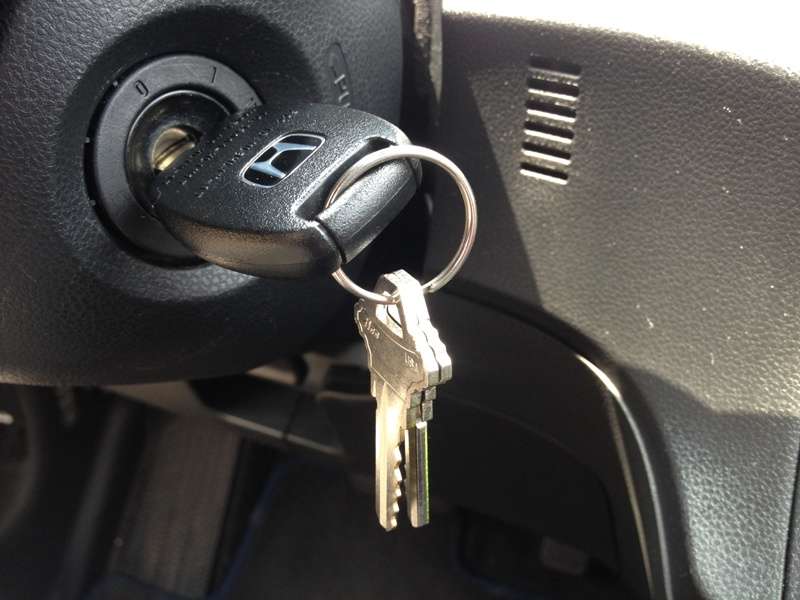
2. Engage the window locks
To avoid having the kids messing around with the power window switches, most cars have a button near the driver’s window controls that will lock the windows. Not only does it save you the grief and distraction of yelling at them while trying to drive, but more importantly, it eliminates the danger of a child getting their fingers, arms, hair, etc. caught in the window when it closes.
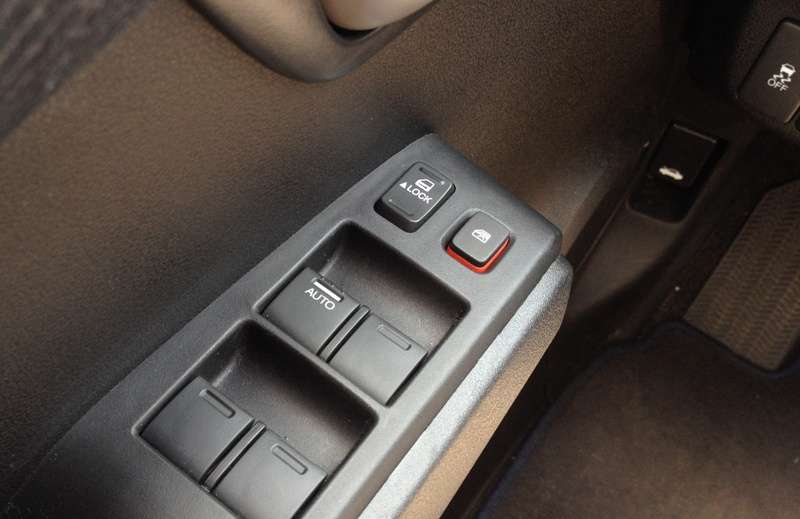
3. Use the rear door child locks
All passenger vehicles with rear doors come equipped with switches on the inside of the back doors. Engaging this switch makes it so that the door can be opened from the outside, but not from the inside. If your small child can reach the door handle from his or her seat, using these locks is a must. Check your car manual specific instructions. And do try to avoid child-locking yourself into the backseat while cleaning, installing car seats, and so forth. You can still get out by climbing up through the front seat, but let’s face it, for most of us that is going to be a pretty tight squeeze.
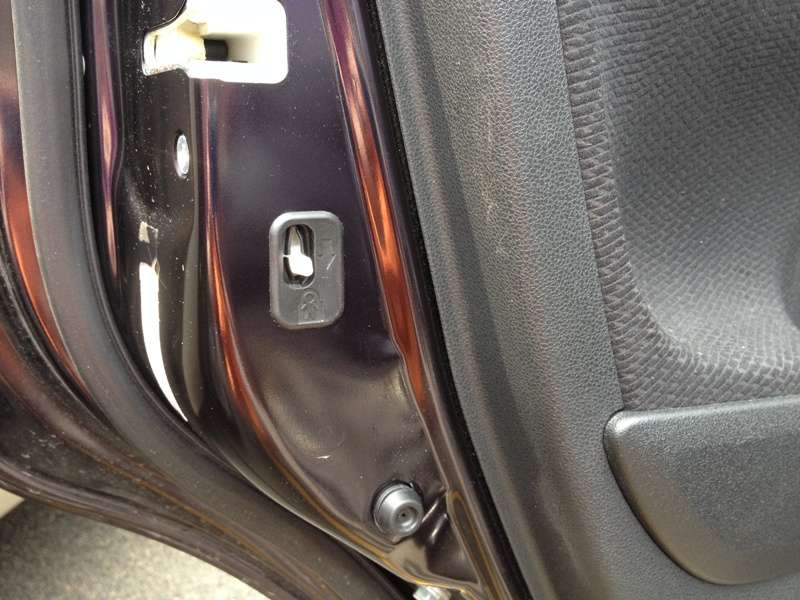
4. Secure unused seat belts
Unused seat belts can easily pose a strangulation hazard to a young child. Fortunately, in most cars there is a simple fix for this danger. Simply buckle the unused belt and then slowly pull it all the way out at the shoulder portion. As you release the belt and it retracts back in, you will probably here a clicking sound (this is called a “switchable locking retractor,” if you want to get technical). Pull gently on the shoulder belt and it should now be locked tight, eliminating the danger that it could become wrapped around anything or anyone.
Keep in mind that in certain vehicles, the belts may not lock in this manner. Consult your car manual for more information about how to lock or secure unused seat belts in your specific vehicle.

5. Stow sharp or poisonous items
Just like in the house, keep dangerous things out of the reach of children in the car. This might include scissors, tools, medications, cleaning products, wiper fluid, or motor oil. If you must keep these items in your vehicle, lock them in the glove compartment or trunk. For children old enough to understand, teach them never to touch such things even if they are accessible.
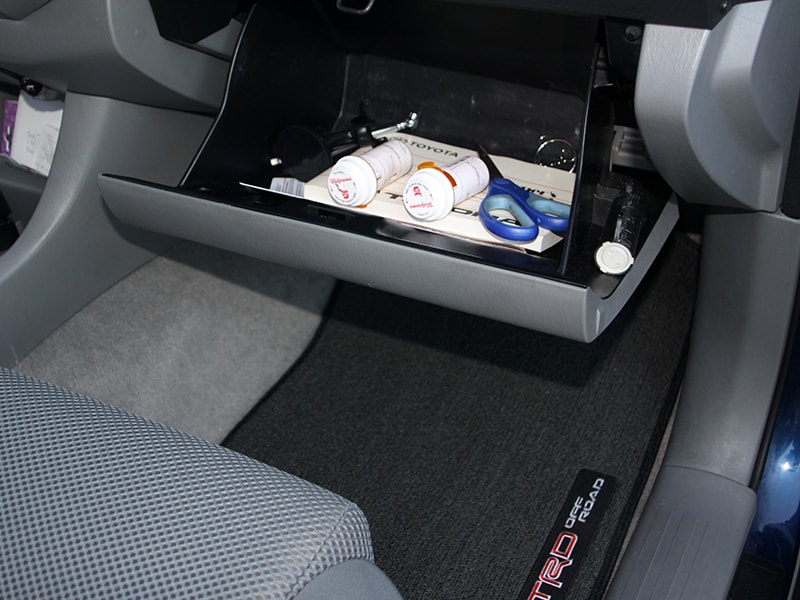
6. Supervision!
Even if you have locked the seat belts and windows, remembered not to leave the keys in the car, put away any dangerous items, and engaged the child door locks, children should never be left in a car unsupervised, even for a few minutes. Kids could still disengage the parking brake (or it could fail) and send the car rolling down the street. There are various spots in vehicles where a child could get stuck, trapped, or injured. On warm days, the temperature inside the car can reach dangerously high levels very quickly, posing a risk of hyperthermia and even death.
While not necessarily dangerous, it’s also worth noting that letting your child roam unsupervised in the car can be pretty inconvenient. They press all sorts of buttons, leave lights on that you may not notice, and mess around with other settings in the car. If you’re not careful, you could get stuck waiting for a jump start the next morning because your kid left your headlights on all night. That’s no fun at all.
